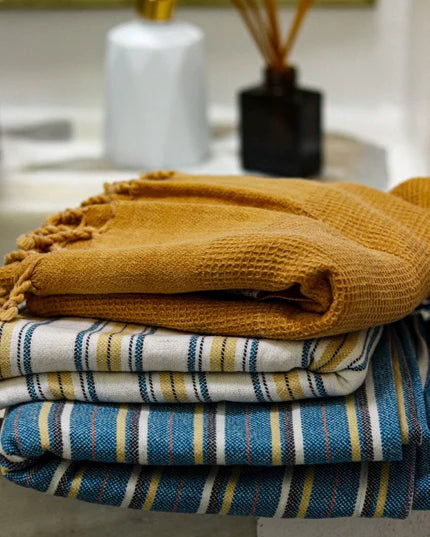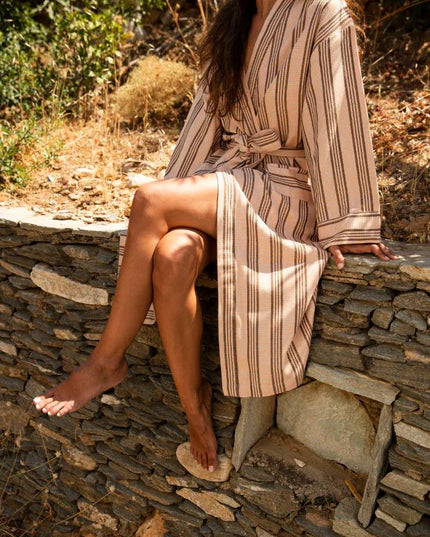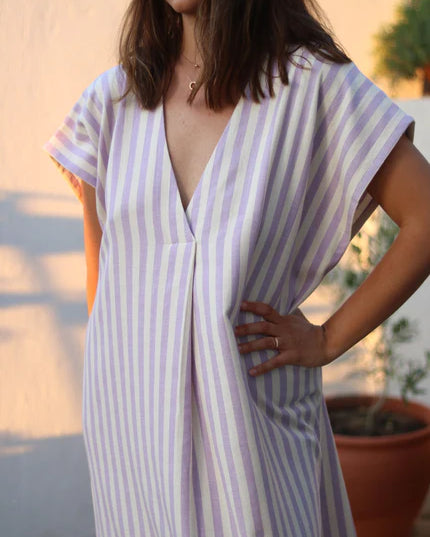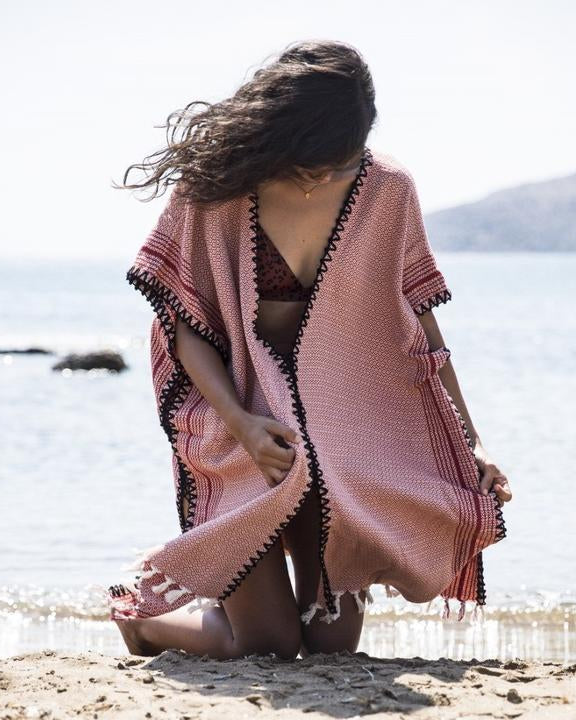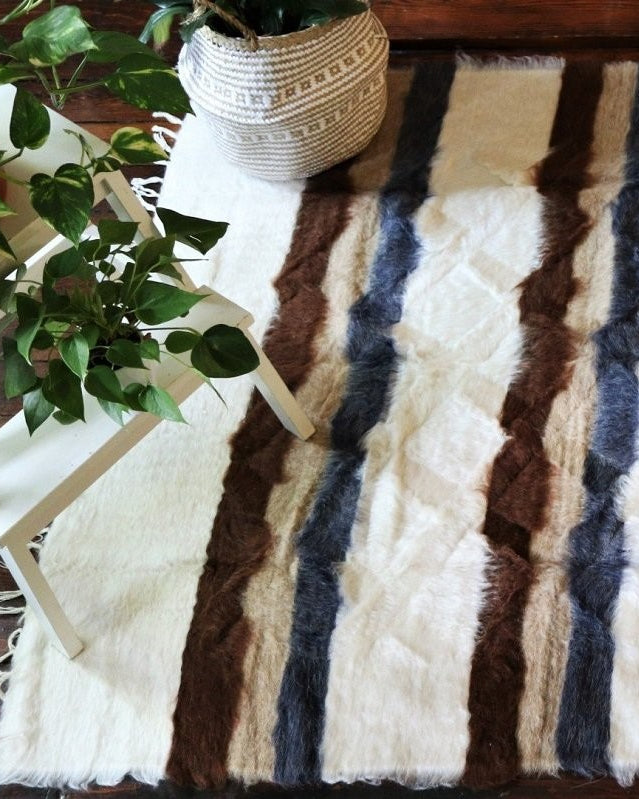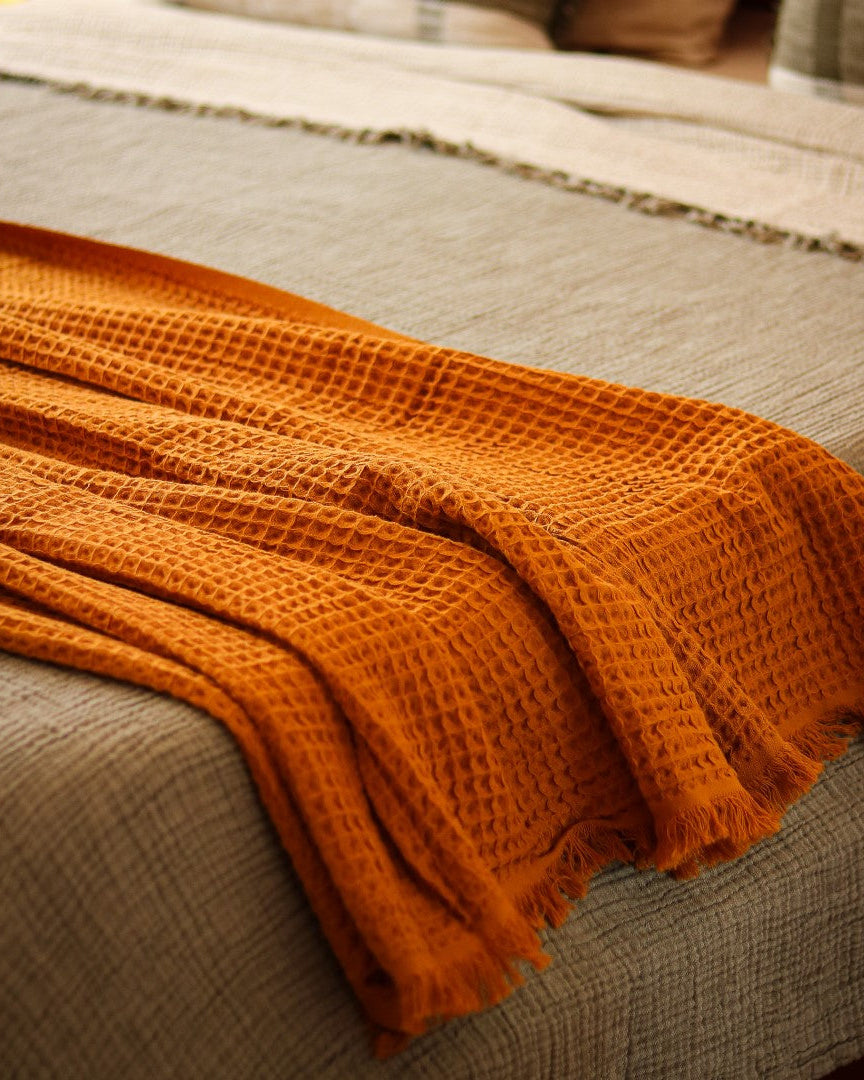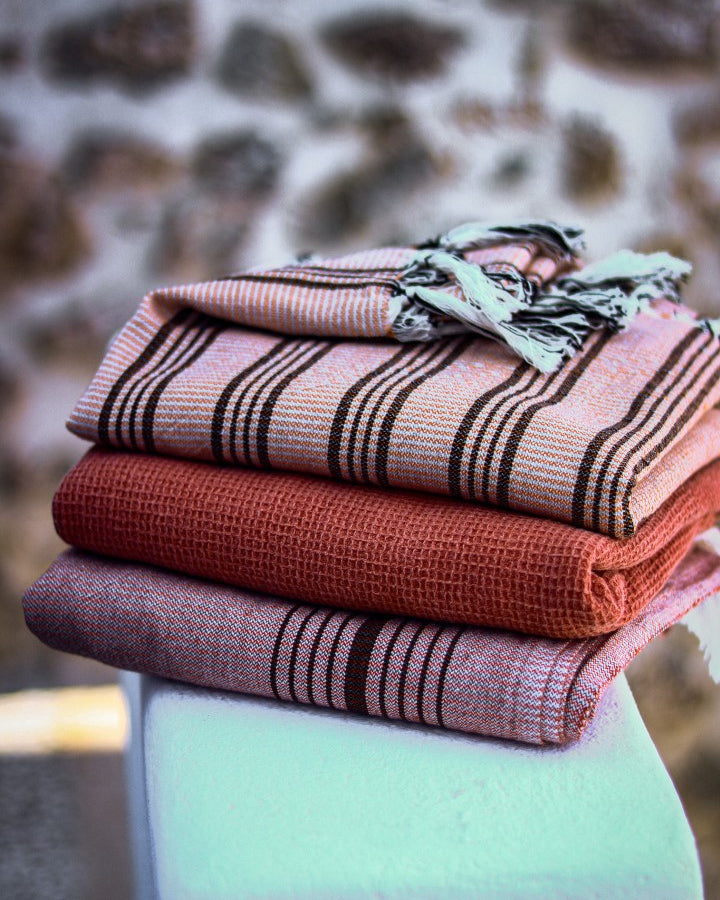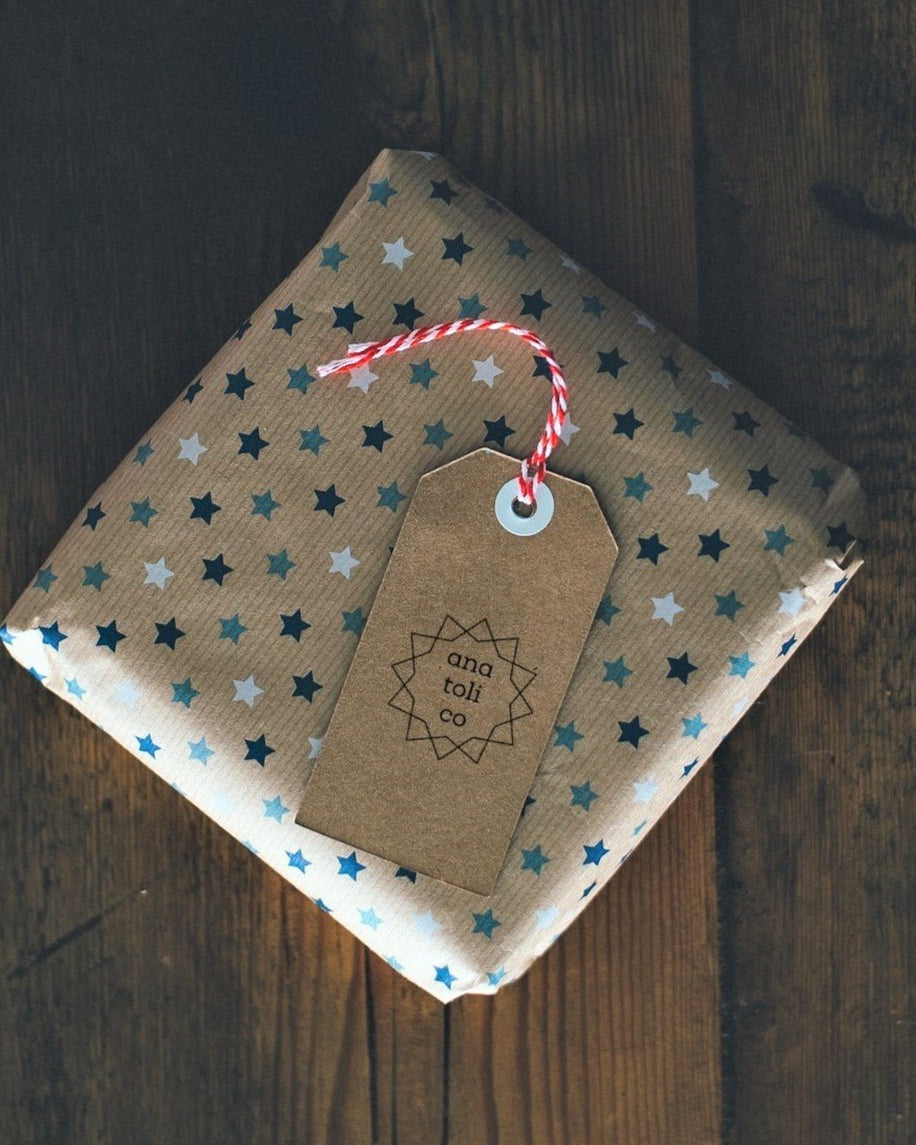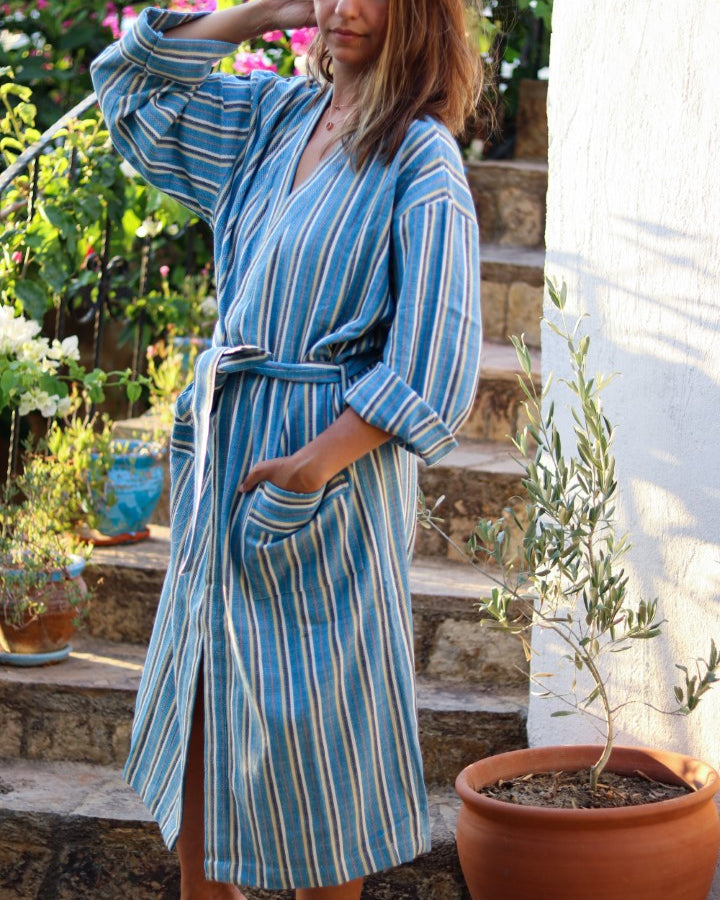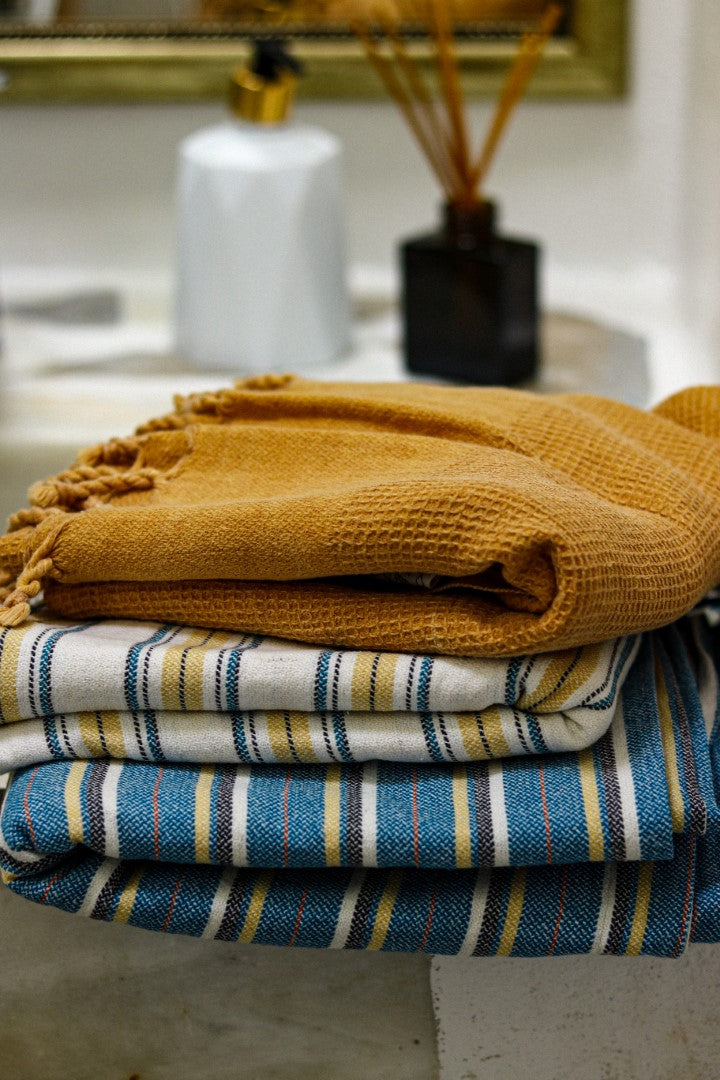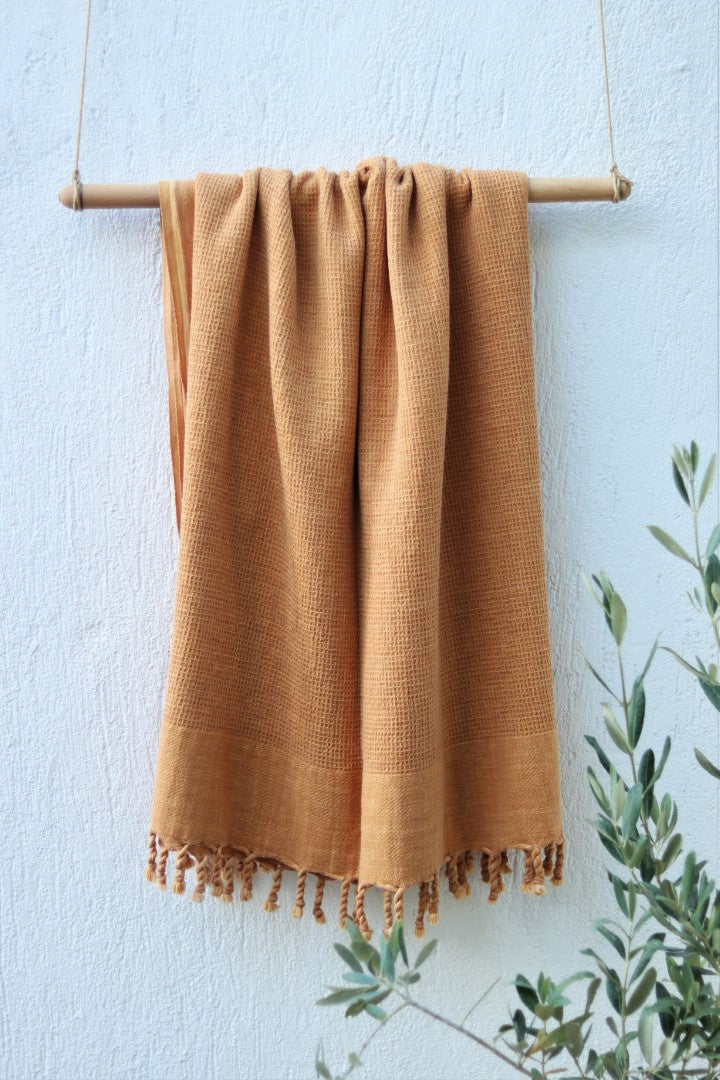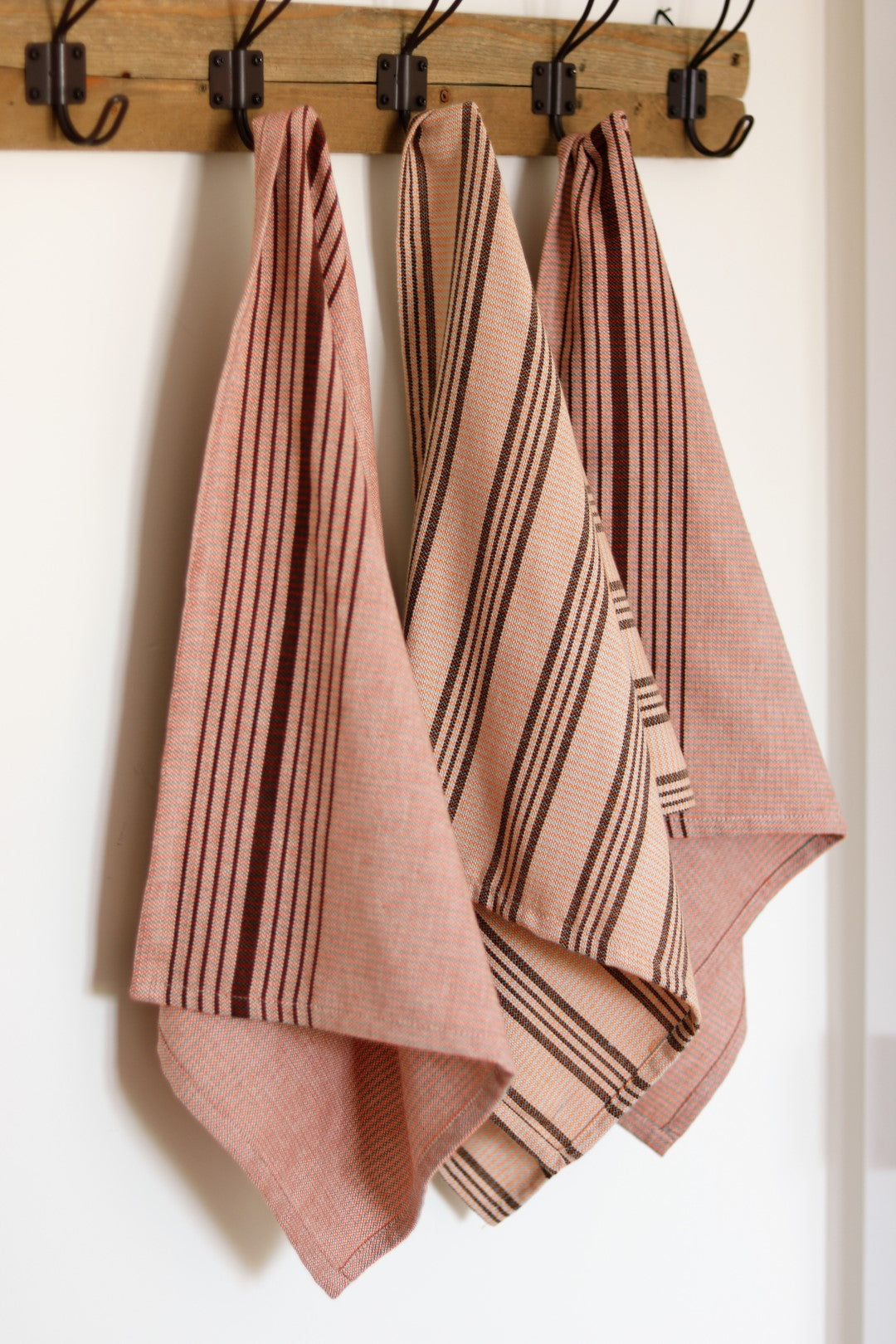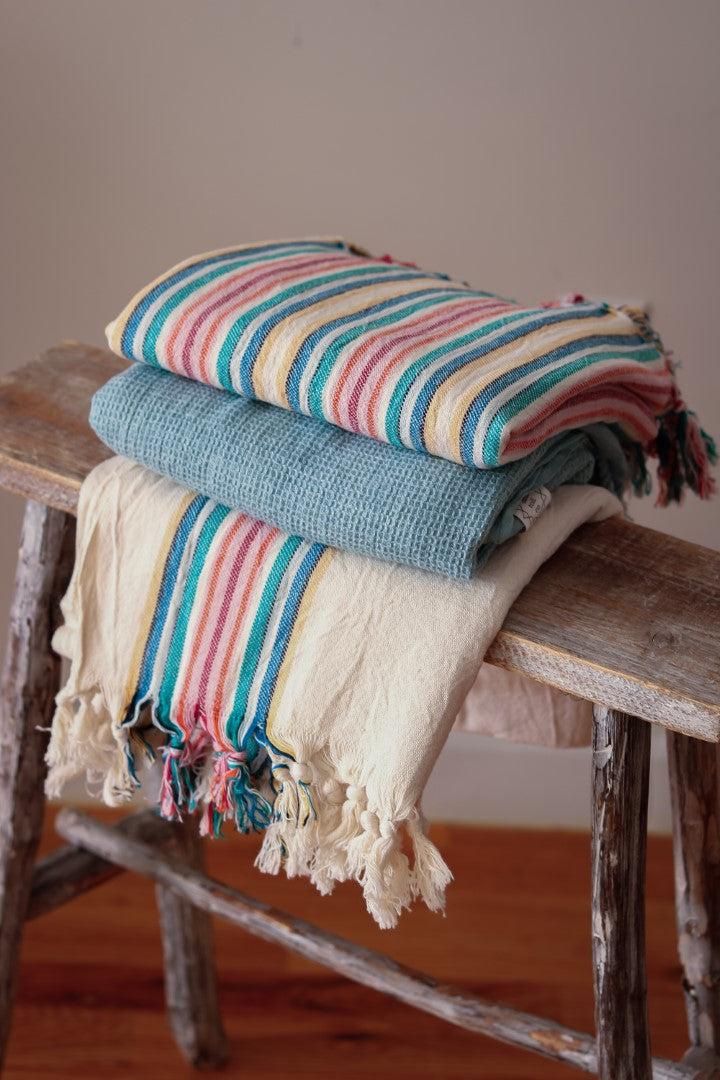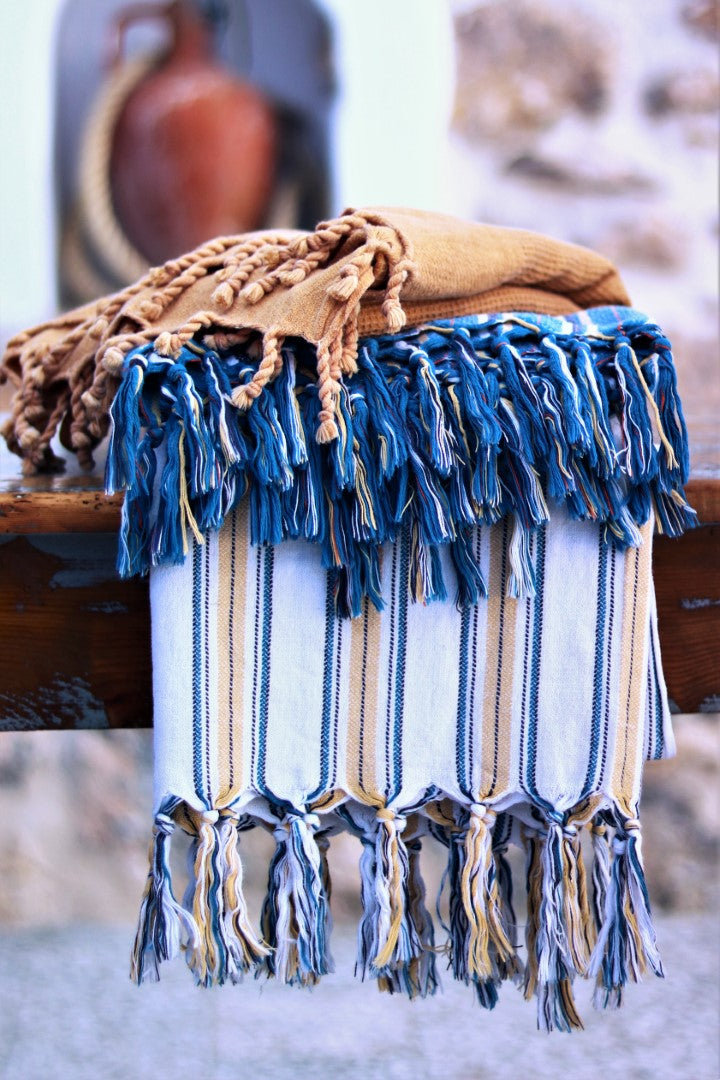Linen is one of the most biodegradable and stylish fabrics in fashion history. It is strong, naturally moth resistant, and made from flax plant fibers.
Linen can withstand high temperatures – making the fabric generally perfect for everything. Sleeping on linen bedding or using it in your kitchen or just relaxing on a tropical island. It absorbs moisture without holding bacteria. In fact, it is actually stronger when wet than dry and becomes softer and more pliable the more it is washed. It just gets better and better!
The Pros of Linen
Linen is one of the most biodegradable and stylish fabrics in fashion history. It is strong, naturally moth resistant, and made from flax plant fibers, so when untreated (i.e. not dyed) it is fully biodegradable. Its natural colors include ivory, ecru, tan and grey.
Linen can withstand high temperatures – making the fabric generally perfect for raiding the jungle or lounging on a tropical island. It absorbs moisture without holding bacteria. In fact, it is actually stronger when wet than dry and becomes softer and more pliable the more it is washed. It just gets better and better!
Linen Is Older Than You Think
All these characteristics have led many European cultures to form traditions of handing down linen bed-sheets as heirlooms. Unlike cotton, linen that’s been well cared for can last for up to three decades. It’s one of the oldest fibers known, dating back to 8000BC. The Egyptians used it as currency, and it formed an integral part of the mummifying process. At one point it was even used in a form of battle armor called Linothorax!
Versatility
Linen is used in a variety of ways, sturdiness making it ideal for upholstery and industrial products. Curtains, tablecloths, bedsheets, and tea towels are all common linen items found in the home. Linen has also been used as a canvas for oil paintings, by artisan bakers, and even as part of the material that makes up the American dollar bill! In contrast, linen can also be woven to a soft and breezy finish, making it ideal for your summer wardrobe.
The Earth Friendly Flax Plant
Flax, the plant from which Linen is made, is also extremely versatile. Every part of the flax plant has traditionally been used to create a worthwhile product – nothing is wasted, and production is cost-effective. A common by-product of flax is Linseed Oil, which is great for wood preservation, especially in varnishes. Flax is resilient and can grow in poor soil, using far less water in its consumption than cotton.
The United Nations Food and Agriculture Organisation state that flax uses 13 times fewer pesticides than potatoes, but is only approximately 1% of the world’s apparel fiber consumption. Why is this so, you ask? Linen has so many good points!
Here are 9 things that make linen an eco-friendly material:
-
Flax grows naturally and requires no additional water other than rainwater, making it the most eco-friendly fabric.
-
Because it’s a natural fiber, flax linen is recyclable and biodegrades.
-
The whole flax plant can be used, leaving no waste.
-
According to the European Confederation of Linen and Hemp, flax respects the environment and preserves the land.
-
Very little energy is required to process flax.
-
Linen yarn is inherently strong, which reduces the need for starching during spinning and weaving.
-
The Advisory Commission Report to the European Parliament stated that flax cultivation has positive effects on eco-system diversity as it allows for an “environmental pause”. One hectare of flax can retain 3.7 tonnes of CO2.
-
Linen fabrics can be recycled into paper and insulation materials for the car industry.
-
Flax linen is many times stronger than cotton, which means clothing, window hangings, and upholstery made from linen is made to last, rather than wind up in a landfill.

